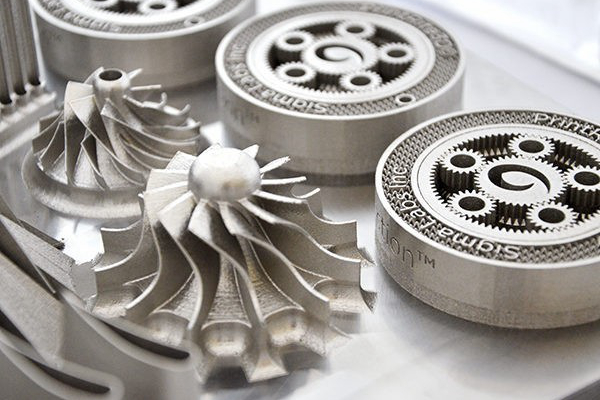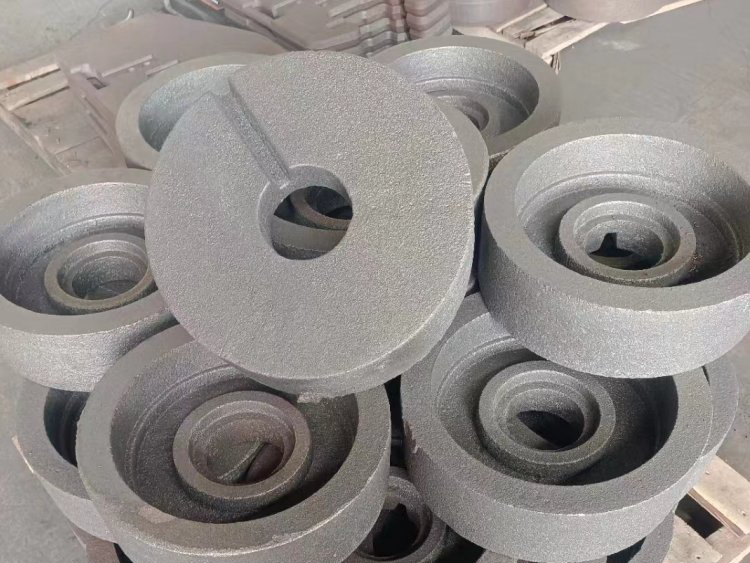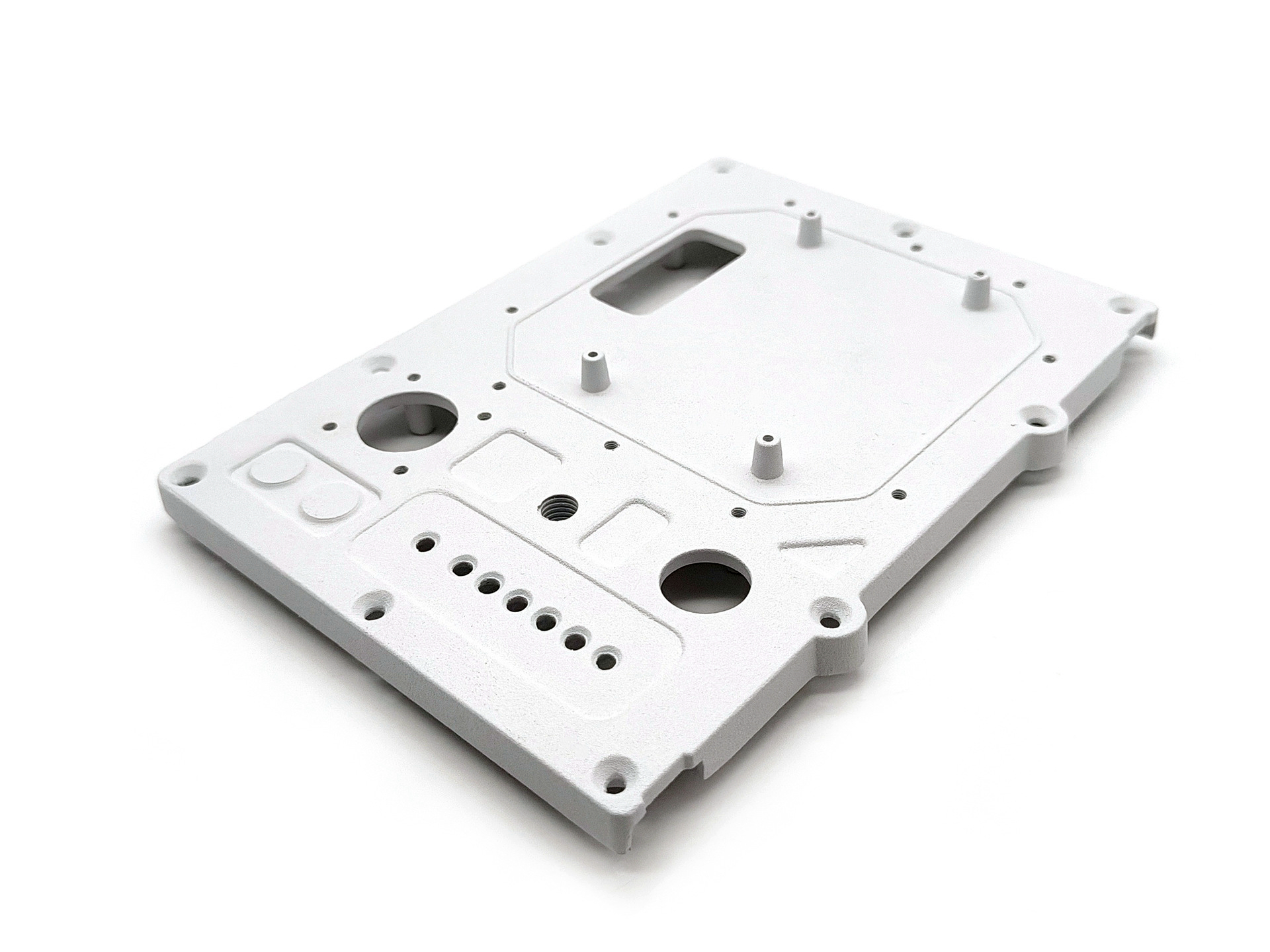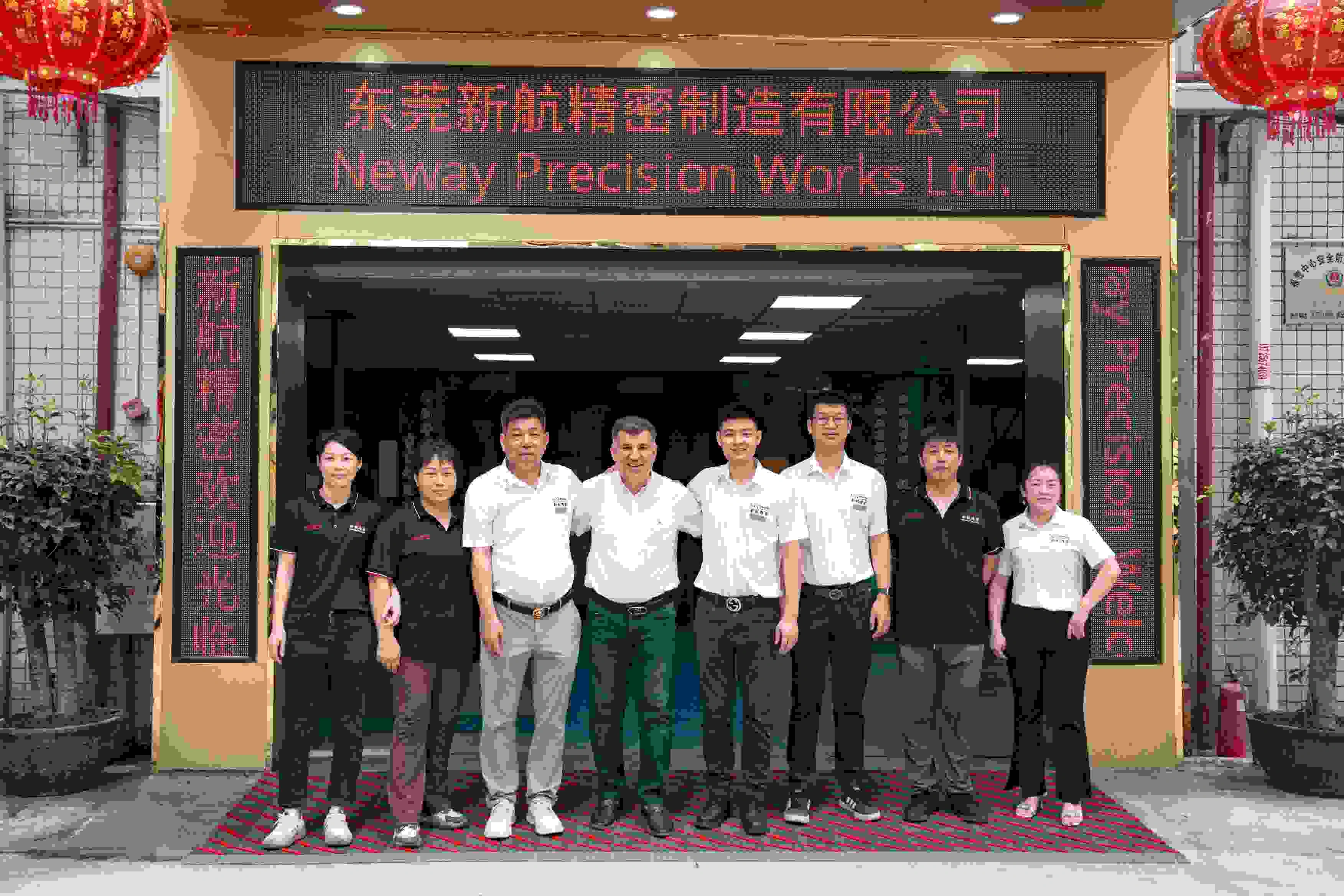How does die casting reduce cost and weight in structural parts?
How Does Die Casting Reduce Cost and Weight in Structural Parts?
Net-Shape Manufacturing Minimizes Material Waste
Die casting enables net-shape or near-net-shape production, meaning structural parts are formed to their final geometry with minimal need for secondary machining. This eliminates costly material removal processes typical of CNC machining and significantly reduces raw material usage—especially important for non-ferrous metals like aluminum, which have higher per-kg costs. For instance, an aluminum A380 casting can reduce raw material waste by up to 70% compared to billet machining.
Lightweight Design with Thin-Wall Capabilities
Die casting supports thin-walled geometries as low as 1.0–1.5 mm (depending on part size and alloy), enabling the production of lightweight structural components without compromising strength. Alloys such as AlSi10Mg offer excellent strength-to-weight ratios, ideal for load-bearing parts in automotive frames, power tools, and industrial enclosures. This weight reduction is critical in transportation and handheld applications where lighter assemblies improve energy efficiency and usability.
Integration of Multiple Functions into One Part
Die casting allows consolidation of multiple components into a single part, reducing assembly time, part count, and fastening hardware. Features like ribs, bosses, standoffs, and mounting brackets can be integrated into the die design. This results in lower labor and inspection costs, reduced inventory, and fewer failure points in the final assembly—critical for both cost and reliability in structural applications.
High Production Efficiency and Lower Per-Part Cost
Once the tool and die are manufactured, die casting offers very short cycle times, often under 60 seconds per shot for medium-sized parts. This makes the process ideal for medium to high-volume production runs. When amortized over large quantities, tooling costs become negligible, and per-part cost drops significantly compared to subtractive manufacturing methods. For example, at volumes above 5,000 units, die casting often delivers a 40–60% reduction in per-unit cost.
Alloy Optimization for Structural Load
Die casting alloys such as A360 and AlSi12 are optimized for structural applications. They provide high tensile strength (up to 340 MPa), excellent fatigue resistance, and corrosion stability, making them suitable for structural frames, housings, and brackets in industrial and transportation systems—all while keeping weight and material costs low.
Recommended Services for Lightweight Structural Components
To achieve the best cost and performance balance for structural parts, Neway provides:
Aluminum Die Casting: For lightweight, corrosion-resistant structural components.
Tool and Die Making: For complex, function-integrated part designs that reduce assembly steps.
Post Machining and Finishing: For critical surfaces and precision interfaces that enhance assembly and structural fit.
Our integrated engineering and manufacturing services help reduce part count, weight, and overall cost while maintaining mechanical performance.



